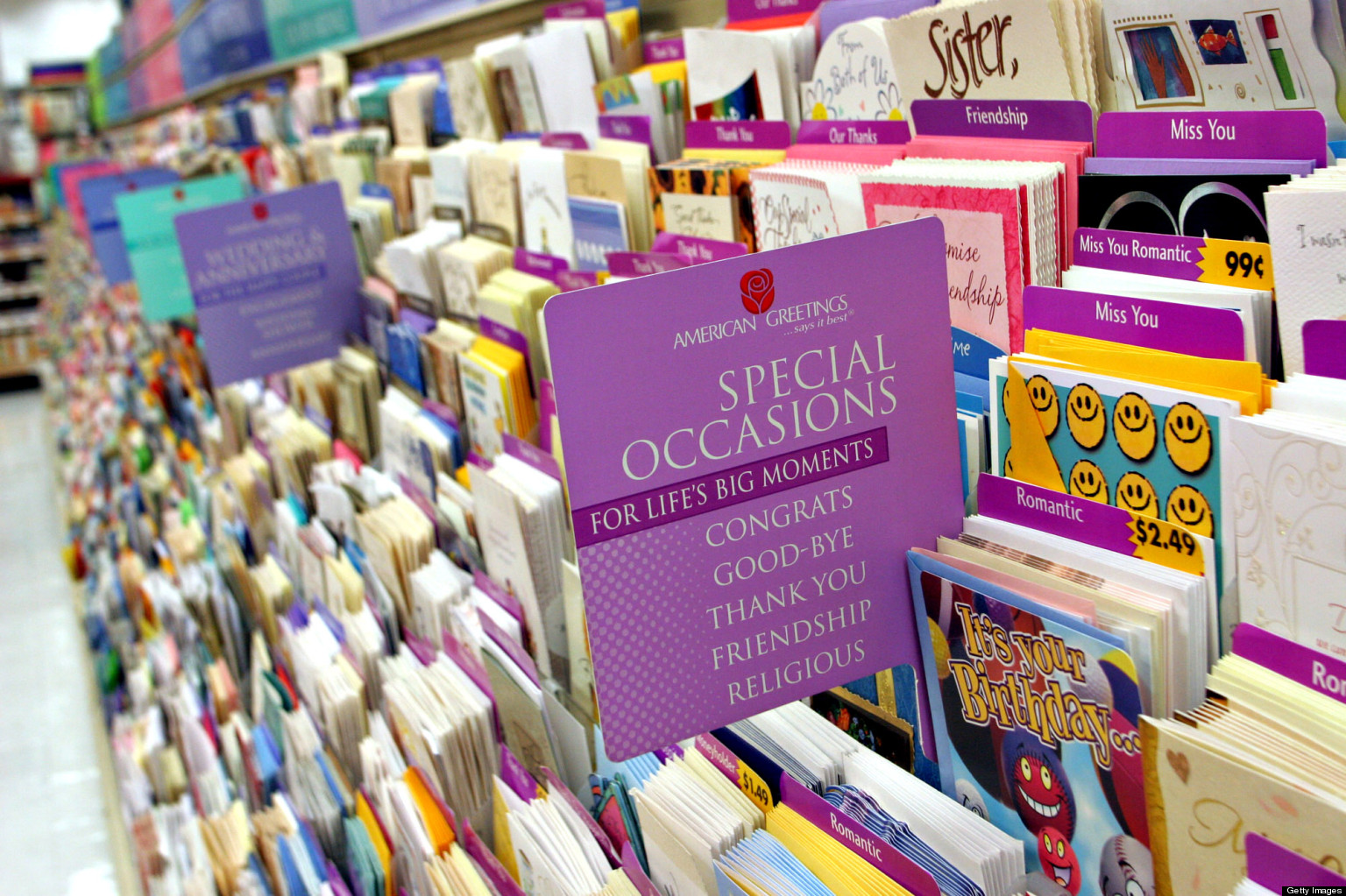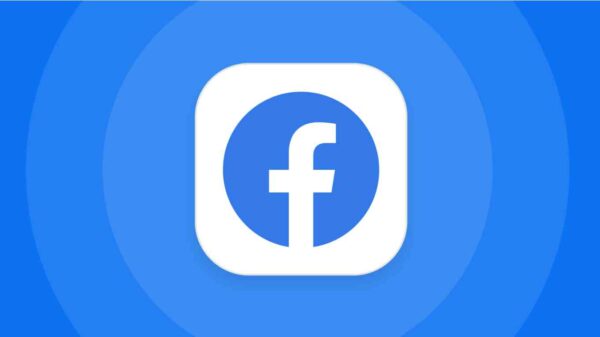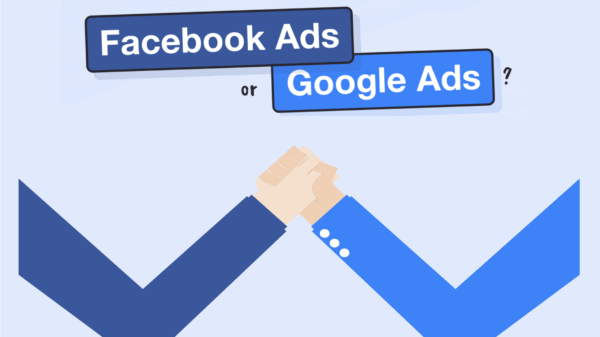Why are there greeting cards? Why does every store larger than a gas station have at least one whole side of an aisle devoted to rectangular paper folds that say things like, “Happy Birthday”, and “Happy Anniversary”, and “Season’s Greetings”, and, and, and… You get the idea. Why does it cost $4 a pop to tell someone we know very well how we feel, or that we are thinking of them, or that we wish them well? Who started the peculiar trend, and how can I capitalize on it? Ahem… Never mind that last bit. I will explore that later. But the primary questions still stands.
Greetingcard.org provides an answer. As with so many traditions dealing with paper, it is traced all the way back to ancient China and Egypt as a way of sending good will to celebrate the New Year. China, paper, New Year celebration: that part makes perfect sense. But even after reading the complete history, you are still no closer to understanding why anyone buys greeting cards for the most mundane occasions. Like an episode of Seinfeld, the modern greeting card industry specializes in cards about nothing.
But I suspect there is a lot more to it than the literal message printed on the card. I believe greeting cards tap into something deep within our psyche that makes us skittish about coming right out and telling people how we feel. We know that we need to, but evolution has made us wary about making ourselves too emotionally vulnerable. So we send indirect messages that convey meanings and feelings, but with one or two degrees of separation.
While this is all conjecture, the fact remains that the greeting card industry is extremely healthy, and looking good well into the future. Greetingcard.org presented a number of interesting facts about the industry including the following:
Americans purchase approximately 6.5 billion greeting cards each year. Annual retail sales of greeting cards are estimated between $7 and $8 billion.
Seven out of 10 card buyers surveyed consider greeting cards “absolutely” or “almost” essential to them. Eight out of 10 of these buyers expect their purchases to remain the same going forward. Of the balance, twice as many card buyers say they will “increase” their purchasing as say they will “decrease” their purchasing in the coming year.
The tradition of giving greeting cards as a meaningful expression of personal affection for another person is still being deeply ingrained in today’s youth, and this tradition will likely continue as they become adults and become responsible for managing their own important relationships.
The three shocking facts are that it is a huge and growing business, not at all on the decline. Purchasers of greeting cards consider them essential, not frivolous. And the industry has managed a successful technological pivot to attract and grow its base of new, young customers. Hallmark: one of the biggest names in the traditional greeting card space, offers a way to send Hallmark friendship ecards to anyone for free. Rather than harm the bottom line, ecards seem to bring more people into the greeting card fold.
In recognition of this resilient and vital industry, I briefly offer four reasons you should send an ecard to someone you love right now:
- They can get it right now. Whatever is on your mind, however you are feeling, you can share it with your friend right now. By the time you get in the car, drive to the nearest retailer, brows the stack to find just the right card, you will have lost the moment. An ecard allows you to seize the moment.
- An ecard engages more of the senses. If a picture paints a thousand words, how many more get painted with a video and music? Ecards provide a more sensory experience. Plus, they also use words.
- Ecards are almost always free. Save your $4 for a vanilla latte. It is not that you should never buy a card at a store. But you can send even more cards when budget is not a factor.
- Ecards are better for the environment. What exactly is a person supposed to do with greeting cards after they have been read? I don’t know, either. They end up getting thrown away and forgotten. Save the nice cards for truly special occasions. Use ecards for the everyday greetings. The earth thanks you.
At the end of the day, all greeting cards are about letting someone know that you were thinking about them and that you love them. That is always a welcome message no matter how you give it.
Thanks for reading this article. If you're new here, why don't you subscribe for regular updates via RSS feed or via email. You can also subscribe by following @techsling on Twitter or becoming our fan on Facebook. Thanks for visiting!






















































































































































































